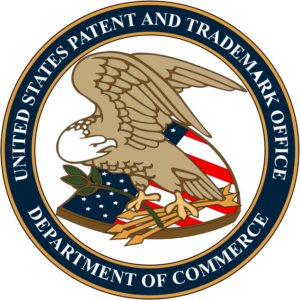On October 15, 2022, the Cyberlaw Clinic submitted a Comment on behalf of a non-profit technology policy, research, and advocacy organization that bridges the gap between policymakers and startups. Engine seeks to support the growth and success of nascent companies and startups, including through startup-friendly patent polices. The Comment responded to a United States Patent and Trademark Office (USPTO) Notice seeking feedback on its existing patent subject matter eligibility guidance.
Comment on behalf of a non-profit technology policy, research, and advocacy organization that bridges the gap between policymakers and startups. Engine seeks to support the growth and success of nascent companies and startups, including through startup-friendly patent polices. The Comment responded to a United States Patent and Trademark Office (USPTO) Notice seeking feedback on its existing patent subject matter eligibility guidance.
As articulated in the Comment, startups play an important role in economic growth, job creation, and innovation. The USPTO is well-positioned to support startups and other small businesses by providing clear guidance on patentability. However, current USPTO public materials about subject matter eligibility are dense and effectively require legal training and knowledge of case law to understand. As the USPTO acknowledges on its website, the practical reality is that the cost of legal assistance may be prohibitively expensive for small businesses, and the USPTO does provide pro se materials. While this is a step in the right direction, the materials do little to explain what an eligible patent claim is. Currently, it points pro se applicants to the complicated Manual of Patent Examining Procedure. The Comment urges the USPTO to provide more accessible descriptions of subject matter eligibility.
The Comment also details how current USPTO guidance on patent subject matter eligibility is out of step with governing case law, creating inconsistencies that lead to problems for startup innovation. Differences in analytical approaches between the 2019 Guidance and the federal courts have created both substantive and structural confusion. For example, courts use a two-step analysis for eligibility under the Supreme Court’s Alice/Mayo test. However, the USPTO’s 2019 Guidance has confusingly labeled Step 1 of the Alice/Mayo test Step 2A, and Step 2 of the test Step 2B. Moreover, the USPTO guidance further divides Step 1 of the Alice/Mayo test into a two-prong inquiry, introducing the idea of a “practical application” that is not in the case law. These gaps have led to divergent outcomes in a number of cases, where the USPTO has issued claims that are later deemed ineligible by a court. To resolve this widening gap, the Comment recommends that the USPTO update the current guidance to align it with governing case law.
The Comment was authored by Fall 2022 Cyberlaw Clinic students Teresa S. Chen (JD’24) and Bryan A. Ramirez (JD’24), who worked closely with Abby Rives, Intellectual Property Counsel at Engine, and Harvard Law School Clinical Instructor Mason Kortz.
